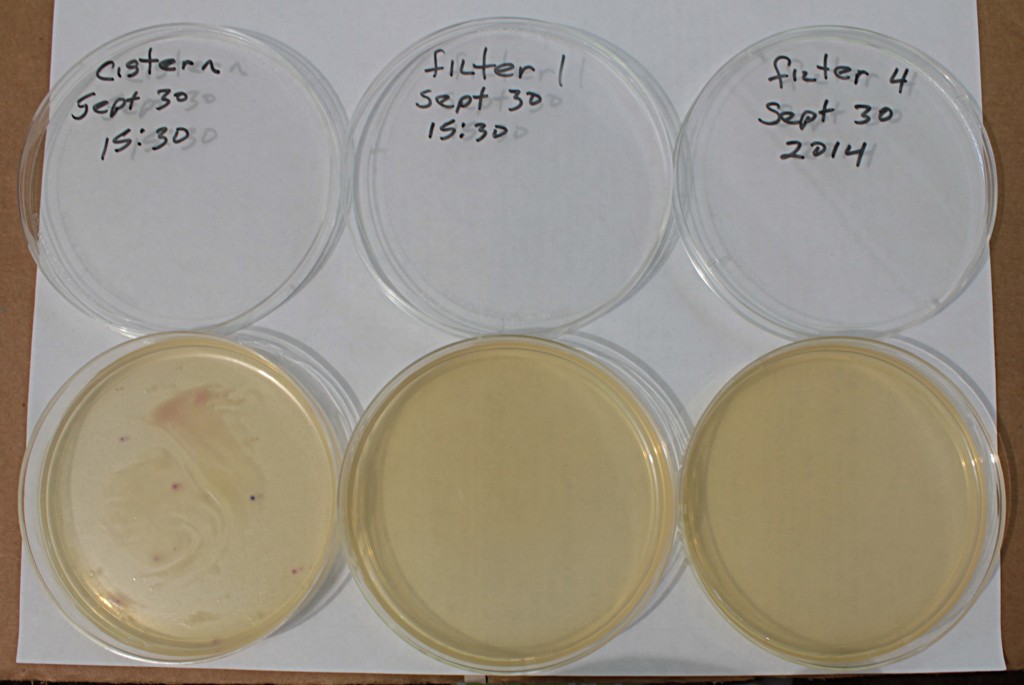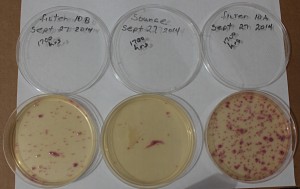If the cost of the water; and the cost of the infrastructure that brings the water to “you” and takes it away when you’re done with it are considered; then, on paper, a rain barrel will pay for itself in several months or less, providing the water that it collects is used on a regular basis.
Consider this: taxes and house payments (or rent) are part of the cost of the infrastructure that brings water to people. Know that when land is “developed” for housing, the cost to put in water utilities is tremendous, and the upkeep is also tremendous. The developers pass all those costs along to homeowners (or landlords and subsequently, renters); and county, city and state taxes pay for these services. The true cost of water usage is a lot more than most people may realize. When using rain water harvesting, the more water you use, the more you save. The opposite is true of public water usage. The more you use the more you pay.
If you are on a well, your water is not “free”. You must pay for the electricity to pump the water, or you must pay for the solar panels, batteries and charge controllers that produce the electricity to run your pump, and you must pay for the pump. Additionally you must pay someone to drill, or dig the well. A drilled well is extremely expensive now days. Back in 1975 our 125 foot deep drilled well cost close to 3000 dollars. Now that price is much higher, perhaps near 6000 dollars, or more. So, well water is not “free”. Water from a rain barrel is much, much cheaper.
The complete, accurate, true answer to this question is not a simple yes or no. If you’re talking about “monthly cash flow”, and using a single 55 gallon barrel; your savings will be very little, or none at all, depending on your use. Know that this assumes the cost of water, sewer, and / or “utilities” stays the same forever, which it does not; and that those infrastructural costs are not included in the “profitability” of a rain barrel. This also assumes there is no cost to anyone as a result of rain water from roof surfaces washing pollution into rivers, streams, lakes and oceans. If only the cost of the actual water is considered, then it may take 3 or 4 years to pay for the barrel, depending on how often you use it. Financially, not a “high yield investment”. However, utility costs will go up as long as infrastructure exists. If this infrastructure stops existing, or becomes damaged, then a rain barrel will be your only source of water. The rain barrel may then become one of the most important things at your house; and its “cost” will become irrelevant because any amount of time over four days without water will be pure hell. A plastic rain barrel will last indefinitely, and you only pay for it once.
Now let’s look at an example:
Be aware that this is in an area where there is ample rainfall, and where it is possible to use the water from the barrel with only several weeks of freezing weather. This example will not hold true in areas of extreme extended periods of sub-freezing weather, or in areas of marginal rainfall. Also, contrary to popular belief, it is not against state government law to set up rain barrels in any state (except some places in Colorado).
In the Seattle area, of Washington state, water (just the water; not the service) costs anywhere from .667 cents per gallon to 1.913 cents per gallon. (The lowest basic cost for water service is between 13.75 per month, to 16.70 per month regardless of use.) So 55 gallons of water will cost you anywhere from $.37, to $1.05 for the water only. This is not the “true” cost of the water; just the amount of “cash flow” you must pay for the actual commodity; which is water. Look at it as the instantaneous cost of the water. The $1.05 is summer cost, when most people are using water for gardening purposes. At the very least, a 60 dollar 55 gallon barrel would need to be filled and emptied 60 times to pay for itself, in actuality. For an average roof size of 1500 square feet, and a total of 4 downspouts with equal flow, with only 1 rain barrel on 1 of the downspouts, and; allowing for 20 percent water loss due to evaporation, roof surface and leaks, 1 inch of rain will produce 186 gallons of water at 1 downspout. The Seattle area averages about 30 inches of rain per year. That’s 186 X 30 or 5580 gallons of water. That’s over 100 fills and drains of the barrel in a year. Paid for easily in 1 year – if it is used and if the rain falls at the right time. If it is not used, then it is not paid for. But there still is a problem with this. Rain does not always fall conveniently at the right times, so there may be times when the barrel will overflow, and that “overflow” water will not get stored to be used later. It may take 2 years, or longer to pay for the barrel. Keep in mind that this ignores all other costs of public water, this just takes into consideration the cost of the actual water. This also ignores the cost of cleaning up pollution that gets washed into lakes, streams, and oceans because of runoff that is not slowed down by rain barrels.
Note: (1500 X .0833 X 7.48 = 935 gallons / 4 = 233.75 gallons * .20 = 46.75 233.76 – 46.75= 187 gallons. )


